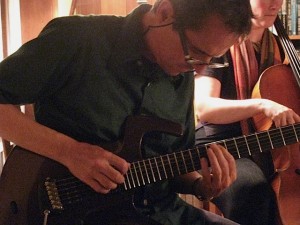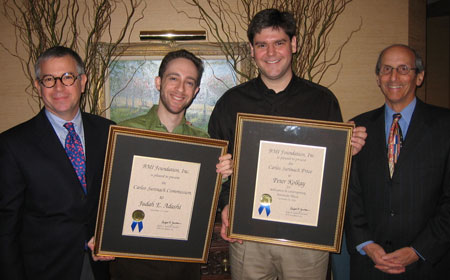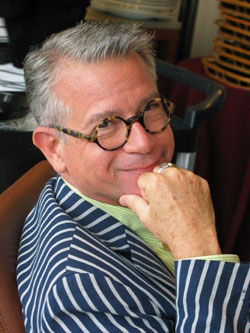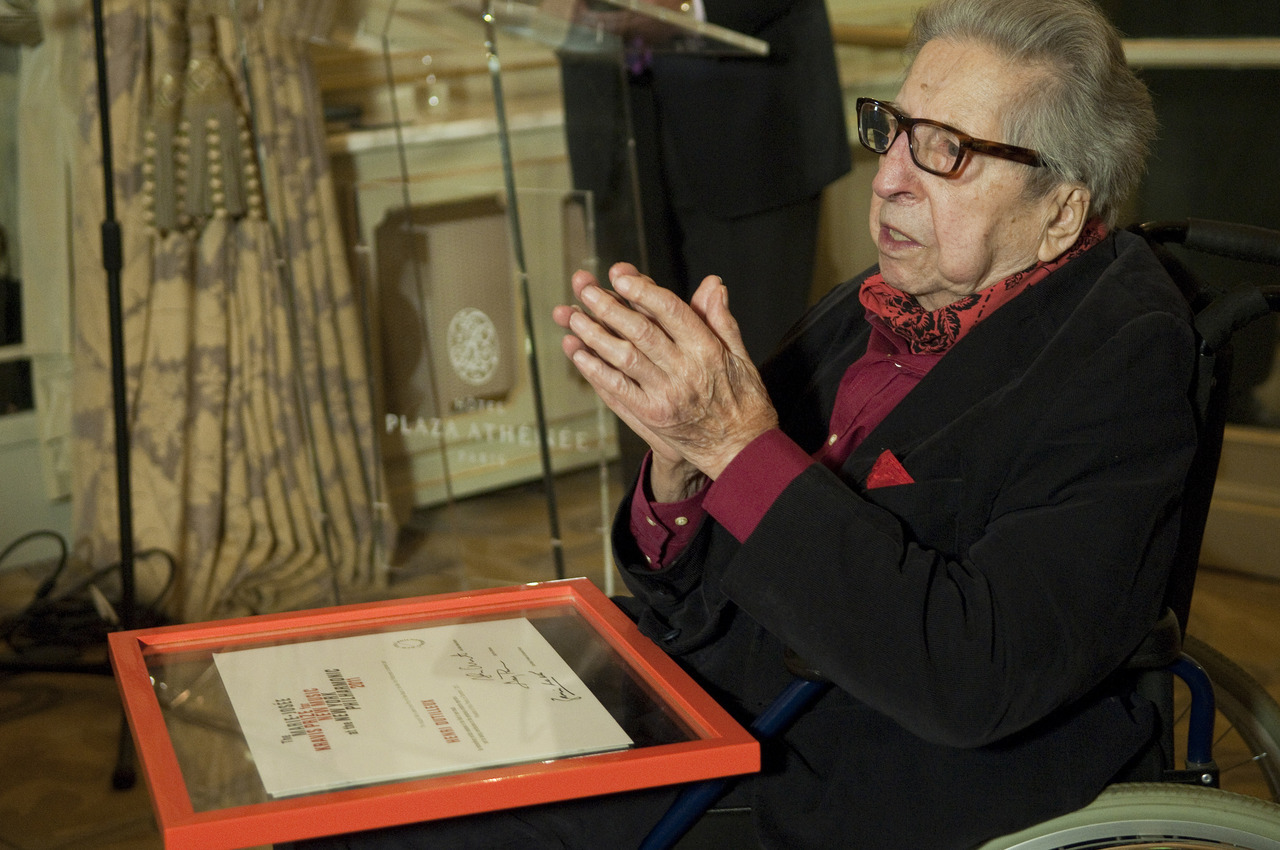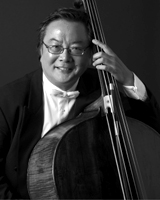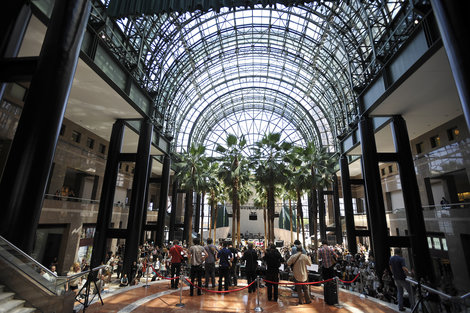Christina Stanley a violinist and vocalist who received her MFA in Music Performance and Literature from Mills College, and her Bachelor of Music degree from San Francisco State University where she received a full performance scholarship and studied violin with Daniel Kobialka, Jassen Toderov and the Alexander String Quartet. She is an active performing violinist, working as as a soloist as well as an ensemble. The composer along with the other members of the Skadi Quartet will perform two new graphic scores to open The Composer’s Muse, the second night of the11th Annual Outsound New Music Summit. Both scores are 40 x 40 oil and charcoal on canvas. One will be played by the full quartet, and the other as a violin and cello duet.
The Composer’s Muse concert will take place onThursday, July 19th at 8:00 p.m. All four nights of the festival will take place at the San Francisco Community Music Center,544 Capp Street, San Francisco. Tickets are available at the door, or online through Brown Paper Tickets. With the festival fast approaching, I was happy Christina had a moment to answer some of my questions.
S21: Your alma mater, Mills College, is well known for creating composer/performers. I’m wondering if in your student years before coming to Mills, if you ever felt pressure to become exclusively a composer, or exclusively a performer?
CS: Yes, I did feel pressure to be exclusively a performer, though I’m not sure it was anyone’s fault other than my own. I wanted to achieve as much as I possibly could as a classical violinist, and learn all the standard repertoire, and as much of the 20th century as I could before moving into the 21st. However, I could never quite shake that I had all this desire inside me to create, and I sometimes wondered If I’d chosen the wrong path, despite the fact that I loved playing violin so intensely and completely. After I finished my undergraduate degree, I moved to new York and was trying to figure out what to do with myself creatively. I was still writing songs, but at that time I also began recording myself playing violin and cello, improvising and relishing the dissonances and harmonies. I was completely thrilled at the possibilities, and knew I would continue composing, though I didn’t know how.

